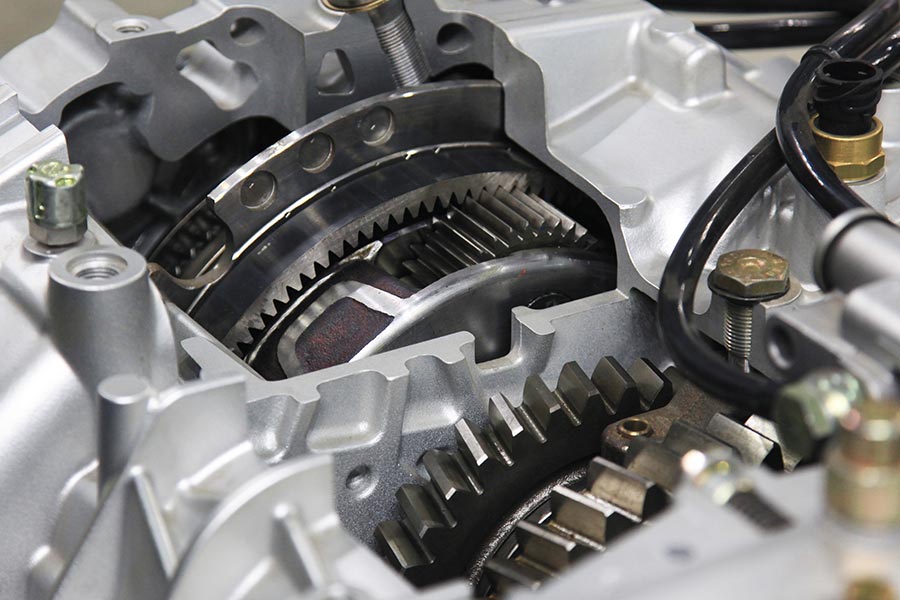
The flexible shafts are a special form of the Bowden cable. They are often used in drives, especially in the marine segment, and can also absorb torsional forces.
They are used in a wide range of industries. They are used, for example, in:
>> Drives
>> Control system

Description:
The flexible shafts are used when the element to be driven is movable (e.g. hand-held devices) and the drive source cannot or should not be moved along with it, or if (in the case of selector shafts or screwdrivers) the object to be moved cannot be reached directly. They consist of several layers of wires (shaft core) wound helically around each other in opposite directions, which rotate as a package in a metal and/or plastic protective tube. They are lubricated with grease.
They also serve as a cost-effective replacement for universal joints or diverter gears. They can compensate for a fixed angular misalignment in very limited installation spaces. Examples are brush cutters or simple delta grinders.
Technical design:
Flexible shafts have a preferred direction of rotation that depends on the direction of the top wire layer. The spiral in the sense of a left-hand thread is optimal for transmitting a clockwise rotation (clockwise from the view behind the drive), for example for drilling with a twist drill with the usual right-hand twist. If the direction of rotation is reversed, only about 40-70% of the power can be transmitted, since a counter-rotating coiled wire layer must be pulled up, which is further inside and can therefore typically transmit less torque. Wire layers in tension develop a constricting force on the wire package. Wire layers that are subjected to compressive stress want to move radially outwards, these make this tolerably limited when counter-rotating coils take up the torque in tension.
The connection dimensions are standardized in DIN 42995.


